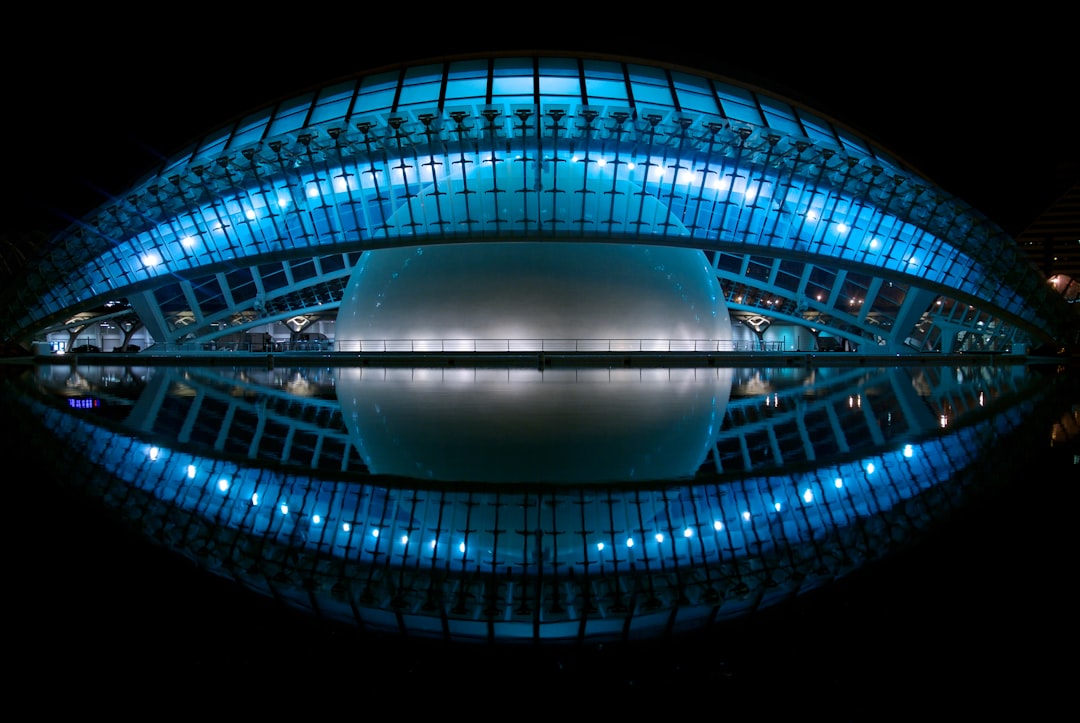What is it about?
The study examines the psychoanalytic theories of Christopher Bollas and demonstrates how they are illustrated in the work of artist/sculptor Gabriel Orozco. It highlights the parallels between the psychoanalytic quest for the 'true self' and the endeavour to create art that offers a potentially transformative experience. This juxtaposition of Bollas and Orozco leads to a deeper understanding of both thinkers and of the role art and psychoanalysis can play in our society today.
Featured Image
Why is it important?
Applying the discourse of current psychoanalytic thinking with the visual products of contemporary art gives depth to our understanding of both. Artists and psychoanalysts both strive towards the transformative, and the quest for authenticity using words and images in specifically individual ways. Bringing the visual together with the discursive provides an inter-animating and mutually reinforcing appreciation of the ideas of both.
Perspectives
I am keen to de-mystify the concept of creativity, and to facilitate a broader understanding of, and affiliation to, what we call "art". I believe certain theories within contemporary psychoanalysis offer a way of understanding art as it stands in relation not only to the artist's ideas, but also to our own.
Ms Lesley A. Marks
l.marks@mdx.ac.uk
Read the Original
This page is a summary of: Accidents, Evocative Objects and Art: Meanderings of the Mind in the Work of Christopher Bollas and Gabriel Orozco, International Journal of Applied Psychoanalytic Studies, March 2015, Wiley,
DOI: 10.1002/aps.1437.
You can read the full text:
Resources
Contributors
The following have contributed to this page










